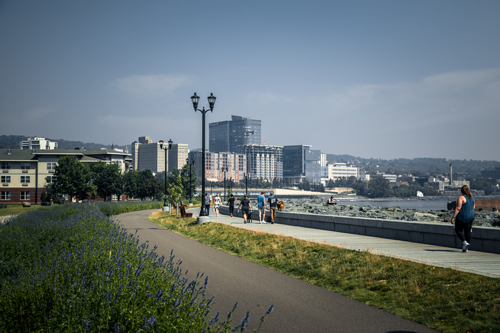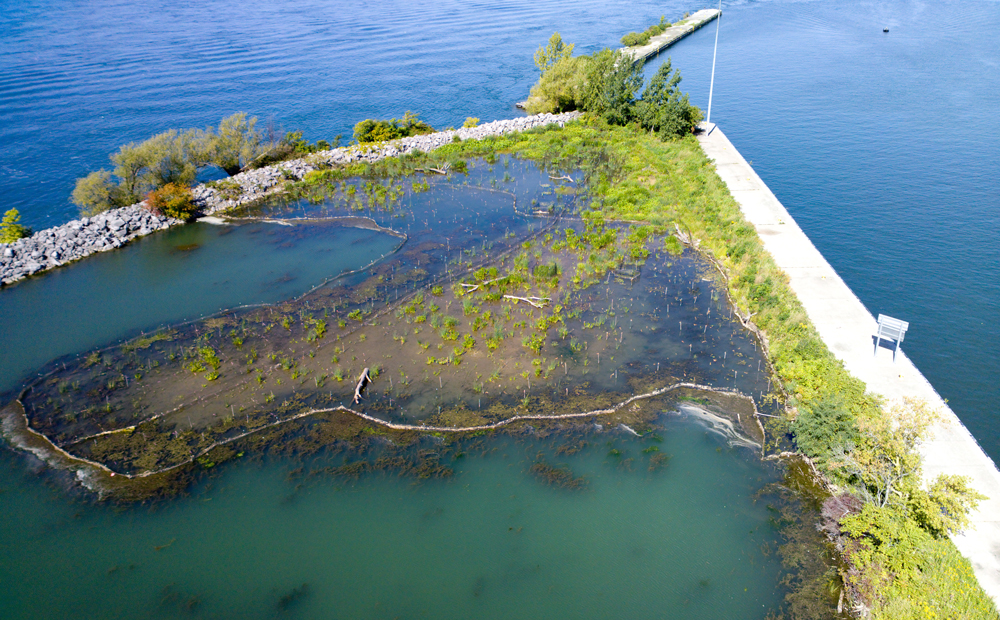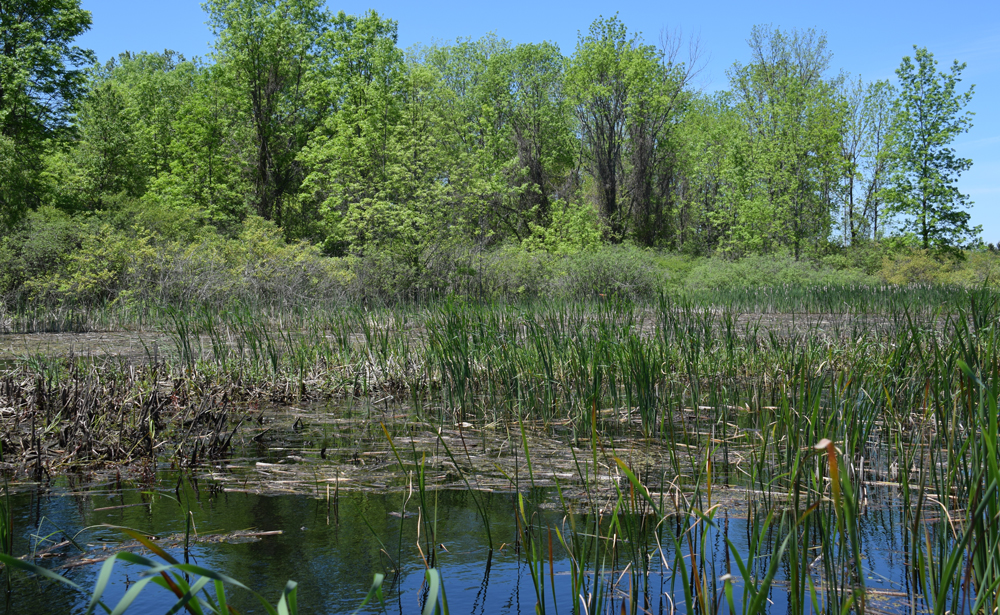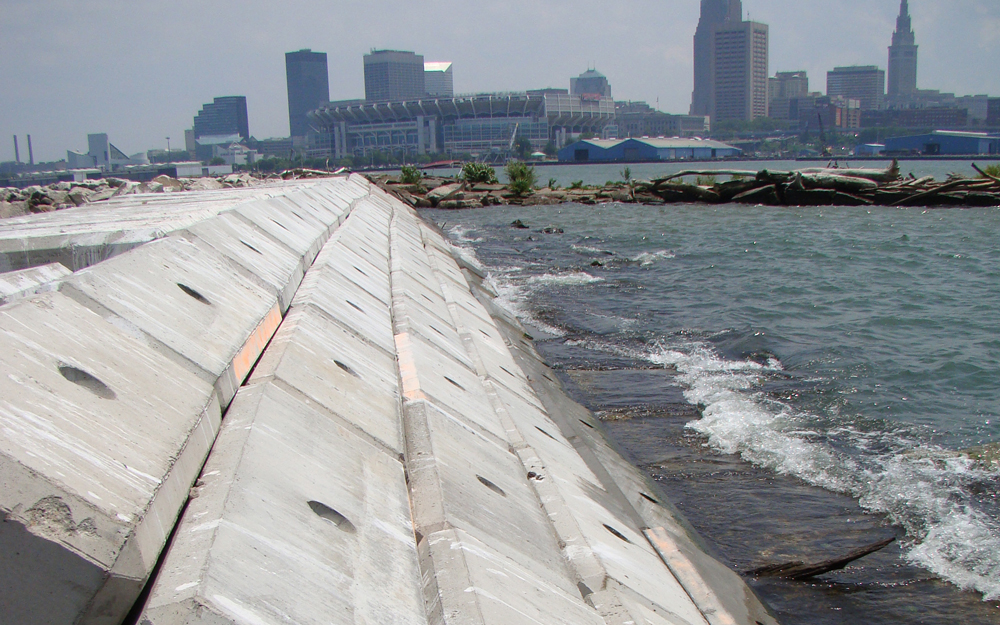Recent high lake levels have exposed the widespread vulnerability of the Great Lakes coastline. Increasingly frequent flooding and erosion cause property damage, endanger lives, and disrupt local economies. Natural and nature-based features (NNBF) are measures and techniques that can be incorporated into shoreline protection to reduce flood risk and improve the resilience of coastal and inland water systems. The current understanding of coastal NNBF focuses on ocean coastlines resulting in a lack of confidence in the applicability and cost-benefit of these measures for the Great Lakes.

There are 4,530 miles of US coastline for the five Great Lakes, more than double the coastline along the US Atlantic Ocean, and more than three times the coastline on the US West Coast, further underlining the need for Great Lakes specific NNBF guidance. NNBF also support the concept of multiple lines of defense (MLD), whereby multiple strategies are used to erect a system of comprehensive and resilient coastal risk solutions.
The objective of this project is to develop a Great Lakes specific guide (“playbook”) to NNBF and MLD to improve future coastal resiliency. The guide will significantly advance the understanding of NNBF and MLD emerging technologies as applied to the entire Great Lakes region. The guide will provide additional needed confidence to federal, state, and local government agencies to plan, design, and implement adaptable and cost-effective NNBF measures, either instead of, or in addition to, traditional structural and non-structural flood risk management (FRM) practices.






